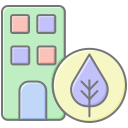Sustainable Innovations in Modern Home Building
Sustainable innovations in modern home building are transforming the way we design, construct, and live in our homes. These new approaches prioritize the environment, long-term savings, and the well-being of occupants. From energy-efficient materials to advanced building technologies, the industry is evolving rapidly to meet the challenges of climate change while providing comfortable, beautiful living spaces. This page explores the latest strategies, technologies, and philosophies driving the future of sustainable homes, ensuring they are more resilient, connected, and eco-friendly than ever before.
Green Building Materials
A key focus in sustainable construction is the use of recycled and renewable resources. Building materials such as recycled steel, reclaimed wood, and recycled glass are becoming popular choices for environmentally conscious homeowners. These materials help reduce the demand for new raw materials, lower energy consumption during manufacturing, and minimize landfill waste. By integrating such resources, contractors and designers can create strong, beautiful homes while shrinking their overall environmental footprint.
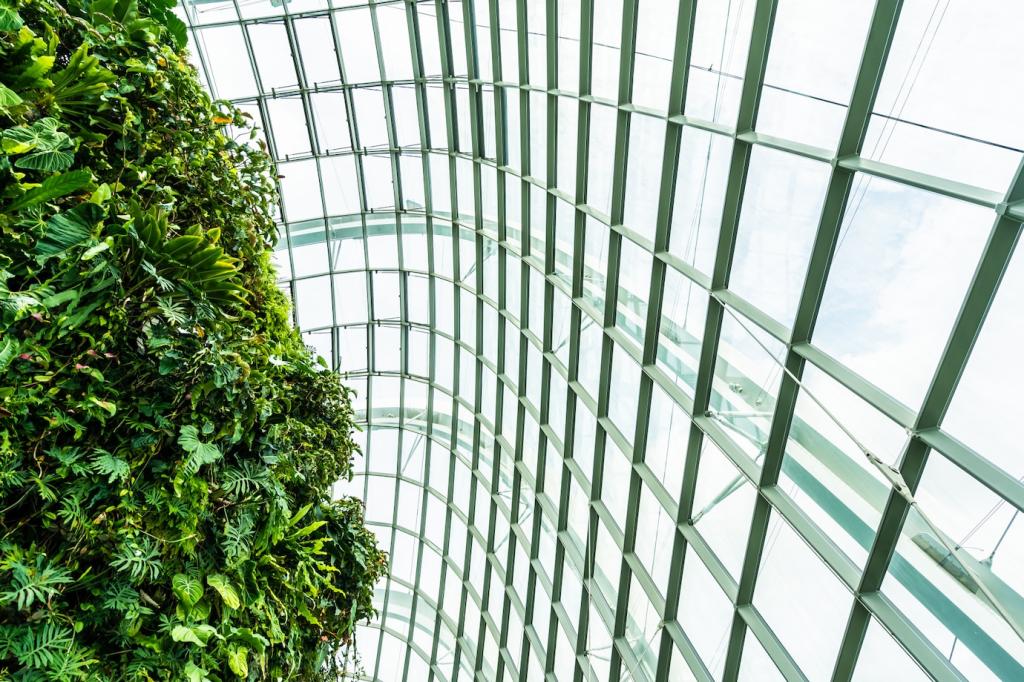
Energy-Efficient Design
Enhanced Insulation Techniques
Insulation is critical to maintaining comfortable indoor temperatures year-round while minimizing energy loss. Modern innovations involve advanced materials like spray foam, blown-in cellulose, and rigid foam boards that surpass traditional options in both performance and sustainability. These products reduce heat transfer, enhance soundproofing, and help homeowners achieve greater energy efficiency, resulting in less reliance on heating and cooling systems and significant long-term savings.
Passive Solar Design
Passive solar design techniques strategically orient homes to take advantage of the sun’s path, maximizing natural light and warmth during colder months while providing shading and ventilation during the summer. This approach uses elements such as overhangs, thermal mass, and precisely placed windows and skylights. By optimizing solar gain and reducing heating and cooling loads, passive solar homes offer increased comfort and dramatically reduced energy use.
High-Performance Windows and Doors
Windows and doors are crucial to a home’s thermal envelope. Innovations in glazing, multi-pane technologies, and weatherstripping have substantially improved the energy performance of these components. Low-emissivity (Low-E) coatings and gas-filled spaces between panes further limit heat transfer, keeping homes warmer in the winter and cooler in the summer. These advancements not only benefit the environment but also enhance interior comfort and reduce ongoing energy expenses.
Water Conservation Solutions
Greywater Recycling Systems
Greywater recycling systems capture and treat water from showers, sinks, and washing machines for reuse in irrigation or toilet flushing. These systems significantly cut down overall household water consumption and lessen the burden on municipal wastewater infrastructure. Adopting greywater recycling supports local ecosystems by reducing wastewater discharge while making homes more resilient to supply shortages and drought conditions.
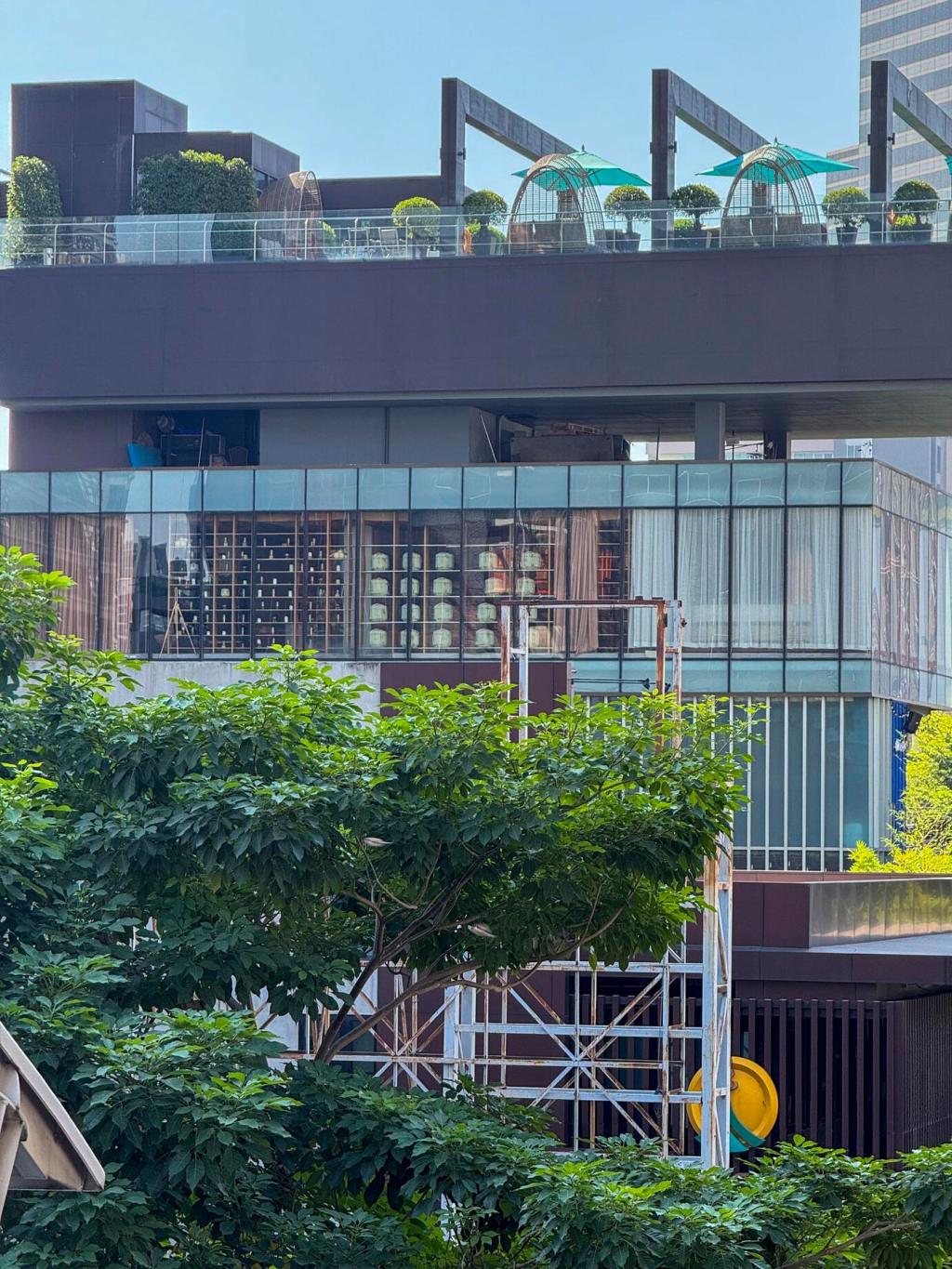
Smart Home Integration
Intelligent Climate Control
Modern heating, ventilation, and air conditioning (HVAC) systems leverage smart thermostats, zoning, and occupancy sensors to provide precise climate control. These technologies learn homeowners’ patterns, adjust temperatures accordingly, and minimize energy consumption during unoccupied periods. Intelligent climate control not only improves comfort but also plays a significant role in reducing the home’s overall carbon footprint through smart optimization of energy use.
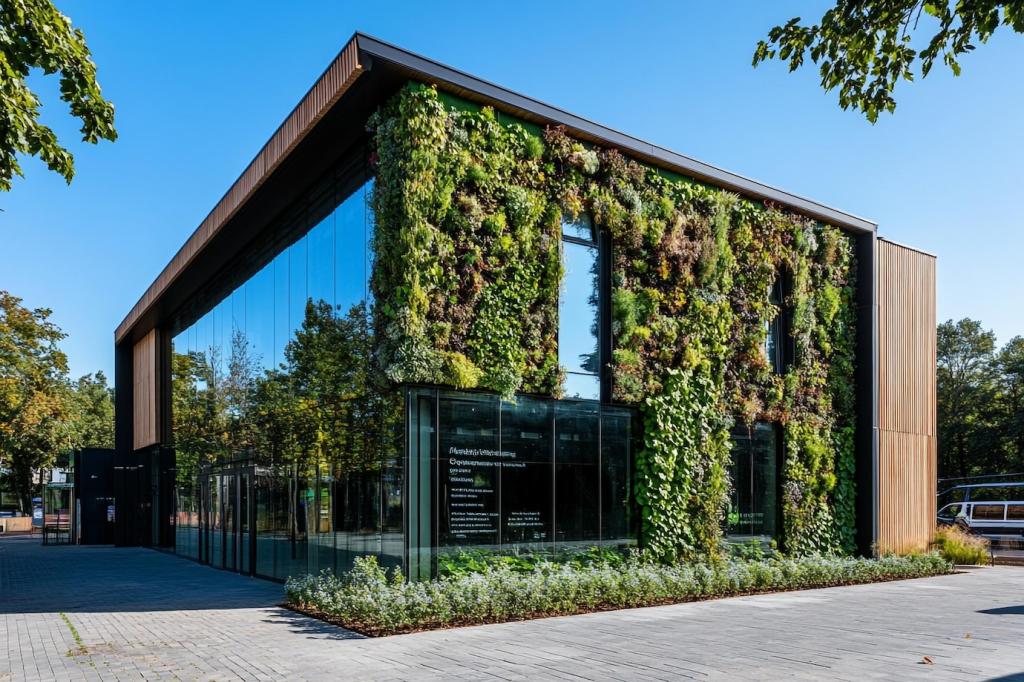
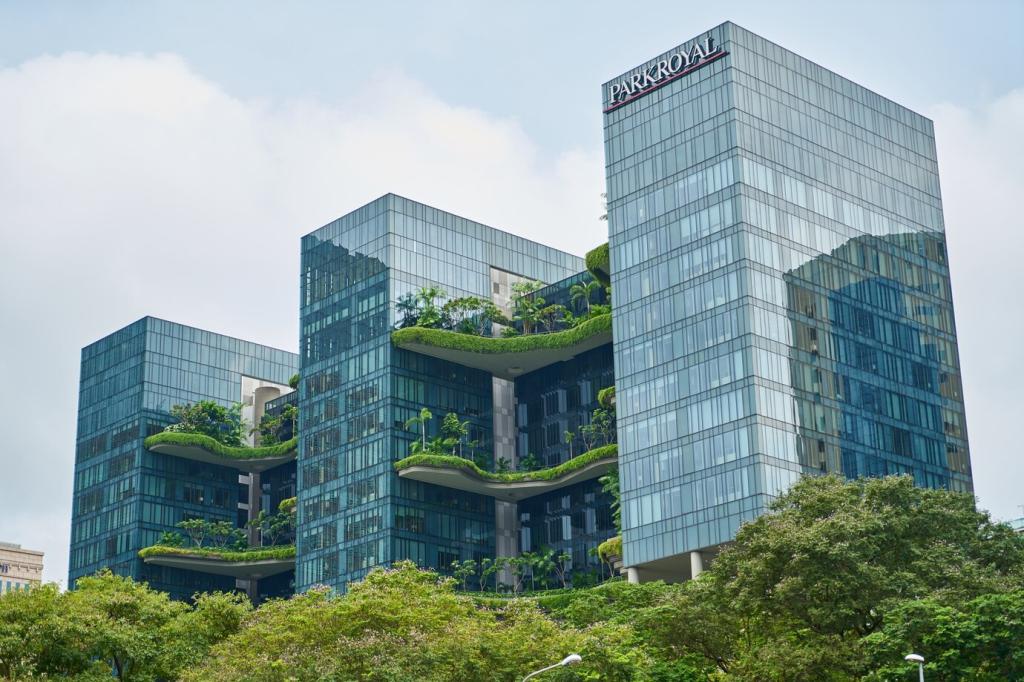
Automated Lighting Systems
Smart lighting systems use occupancy sensors, daylight harvesting, and energy-efficient bulbs to provide perfect illumination while minimizing power consumption. Homeowners can control lights remotely, schedule them to align with actual usage patterns, and benefit from lights that respond automatically to changing conditions. The result is a responsive and efficient lighting solution that curtails waste, reduces energy bills, and enhances convenience and ambiance.

Renewable Energy Integration
Solar panels have become a hallmark of sustainable home design, harnessing the sun’s energy to generate clean electricity on-site. Advances in photovoltaic cell efficiency, storage solutions, and integration techniques make solar systems more affordable and effective than ever. Homeowners who install solar gain not only environmental benefits but also long-term financial savings, and increasingly, the ability to feed surplus electricity back into the grid.
Indoor air quality is a critical factor in the health of a home’s occupants. High-efficiency particulate air (HEPA) filters, ultraviolet (UV) purification, and energy recovery ventilators (ERVs) are just a few of the advances being incorporated into modern sustainable homes. These systems remove harmful particles, allergens, and pathogens from indoor environments, ensuring a steady supply of fresh, clean air and mitigating the impact of outdoor pollution.
Healthier Indoor Environments
Waste Reduction and Recycling
Construction and demolition account for a significant portion of landfill volume. Innovative homebuilders use careful planning, prefabrication, and modular components to minimize excess materials and improve efficiency. Onsite sorting and recycling of waste streams such as metals, concrete, and wood further lower environmental impact. These practices not only reduce costs but also set new standards for industry responsibility in resource conservation.
Previous
Next
